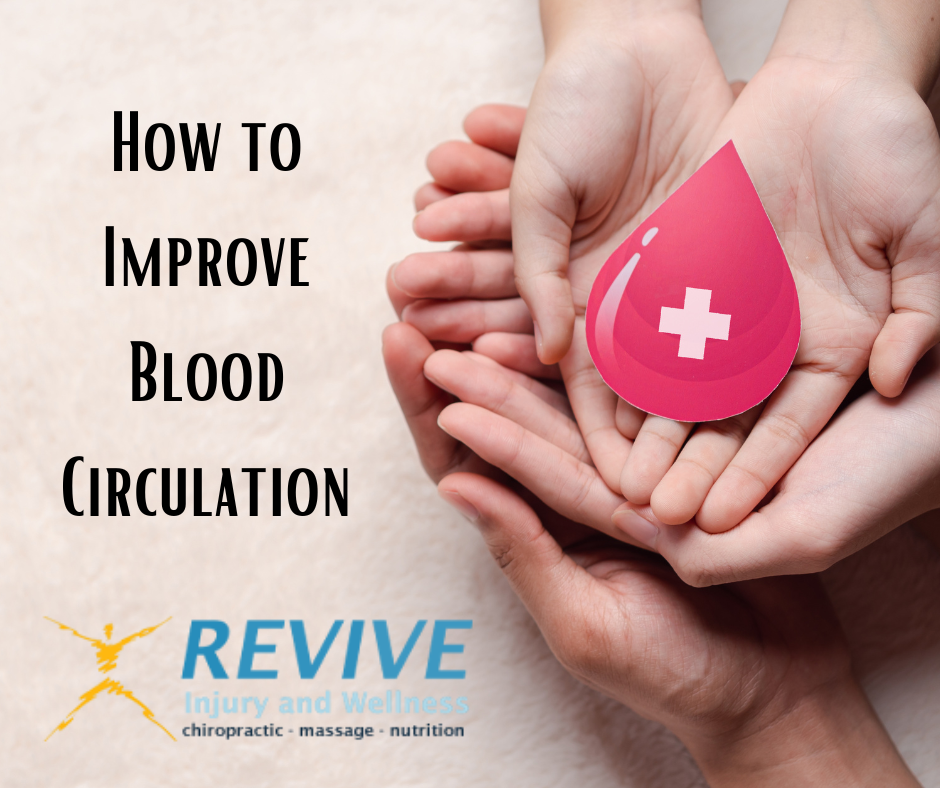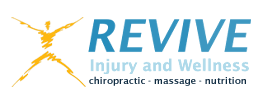
Blood circulation is vital for the body. People often neglect circulation till when they feel dizzy or their feet start falling asleep. However, many people are victims of poor blood circulation, and the thought is always there. The body pumps 5 quarts of blood through the blood vessels in a minute. Proper blood circulation promotes oxygen and nutrients and eliminates excess waste. People with poor blood circulation experience inefficient blood mobility, leading to numbness, weakness, or bloating.
How to Improve Blood Circulation
1. Exercise
Exercise is the quickest way to encourage blood circulation in the body. Cardio activities improve blood flow by toning your heart muscle and increasing the pumping ability. Although the heart muscle is different from your biceps, exercise strengthens them. The body works are interconnected as one unit, making the mind the ticker. Chronic stress rewires the brain causing high blood pressure and increasing your risk of heart disease or stroke. Exercise is a factor that reduces stress and cortisol. Being active activates the fight-or-flight system to help dissipate stress hormones naturally. It causes the brain to release endorphins, natural chemicals to fight pain and prevent mood swings. Exercise also reduces the adverse effect of bad habits on cardiovascular health and circulation. For instance, a person participating in morning running is less likely to get a hangover because the arteries vessels are pliable and less trouble-prone.
2. Massage
A massage is a passive way of improving blood flow and circulation. Massage does not require a treadmill or pumping iron. It lays you on the table, and the masseuse starts the magic. In addition, you can learn how to massage yourself at home. Start by taking an introductory class for less than $10. Some massage uses cheap foam rollers to encourage blood flow. These devices are excellent for improving circulation. You can also put a tennis ball in a sock and roll on your back muscle to relieve back pain. It also relieves stiff back, calves, and upper leg muscles to boost circulation.
3. Stay Hydrated
Drinking water is a simple way to increase blood flow and circulation. Since blood is liquid, adding more fluid to the body will maintain the balance and increase the flow. To remain hydrated, you must limit salt intake. Why? Salt contains sodium which holds water from your blood vessels, increasing in size and pressure, and eventually bursts, leading to a heart attack. Drinking plenty of water will dissolve the solid in the blood to prevent excess electrolytes. Dehydration damages your heart by preventing the adequate flow of blood in your veins, creating strain and increasing ticker beats. The best way to remain hydrated is to carry reusable water bottles. When you feel thirsty, it is a sign of dehydration and a signal to drink water. You can carbonate the water with SodaStream or add fruits for flavor. However, avoid beverages containing caffeine and alcohol to prevent further dehydration.
4. Avoid Harmful Substances
Harmful substances like nicotine, alcohol, and unprescribed drugs harm blood flow. For instance, nicotine hardens the arteries and increases blood pressure and adrenaline, which may result in a heart attack. But when you quit, it frees the bloodstream and increases blood flow. Drugs like cocaine also spike heart rate and pressure, leading to stroke or heart attack.
More on Our Services
Ergonomics, Posture and Chiropractic Health
5 Questions to Ask Your Chiropractor About Neck Pain
How to Choose the Right Chiropractor
5 Things to Consider When Dealing with Neck Injuries
Is a Chiropractor Visit Scary?
How Soon After a Car Accident Should You Visit a Chiropractor?


